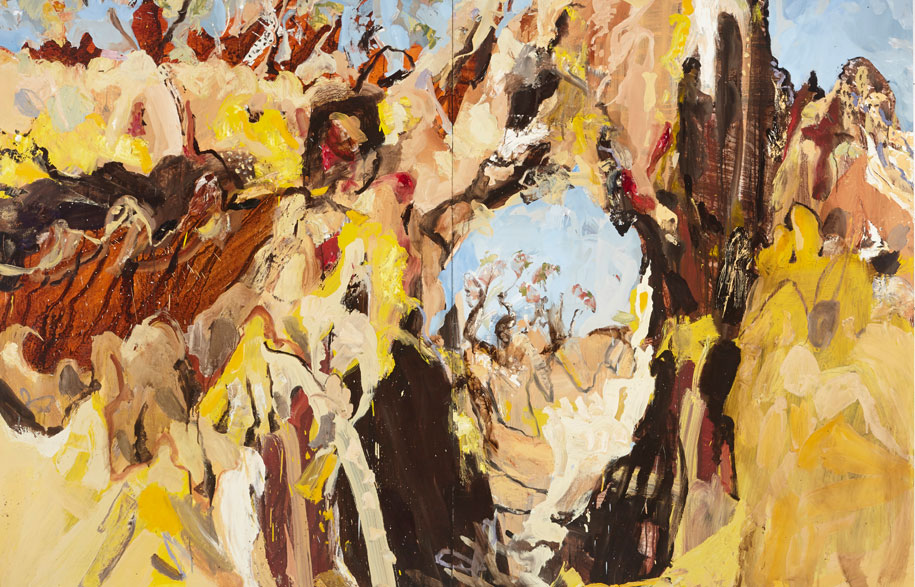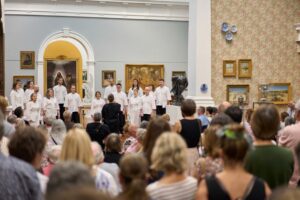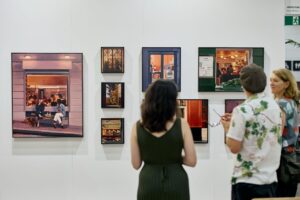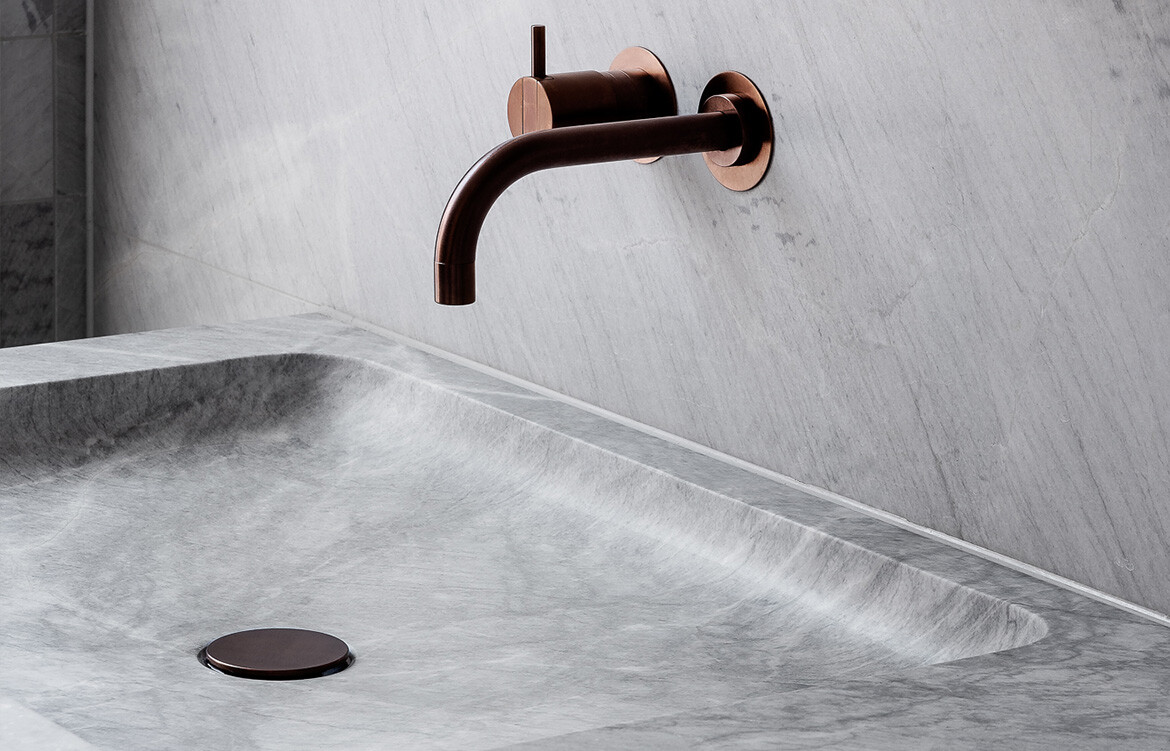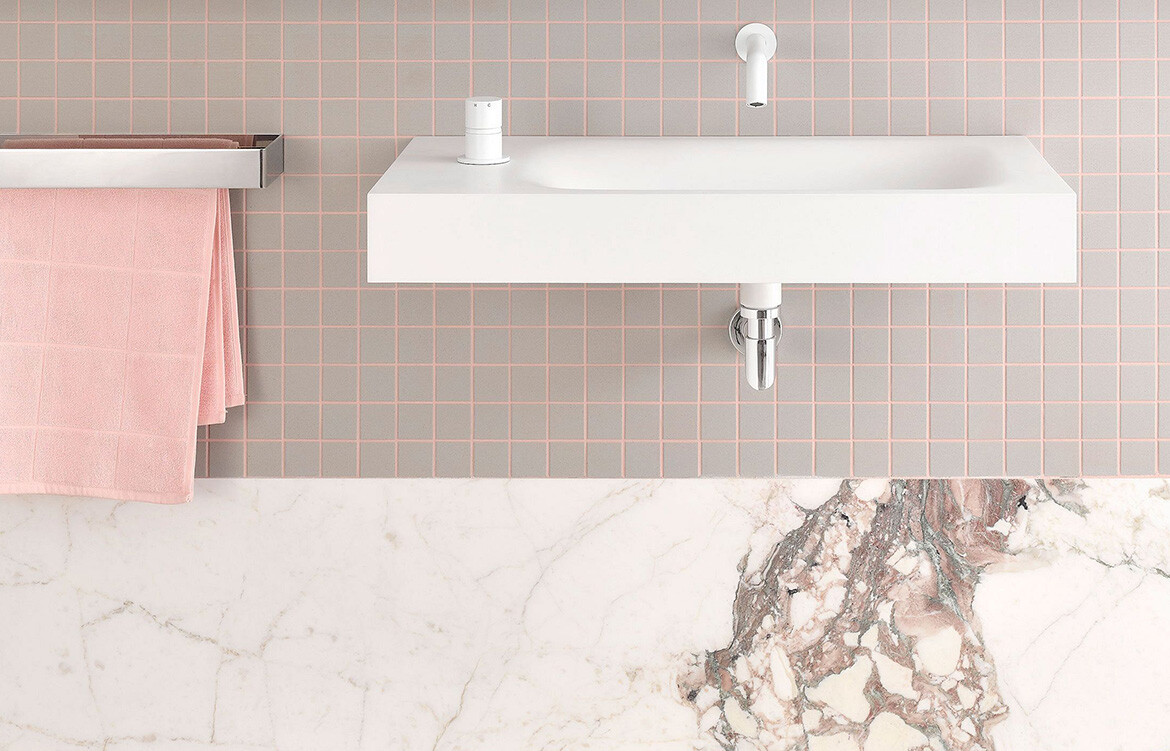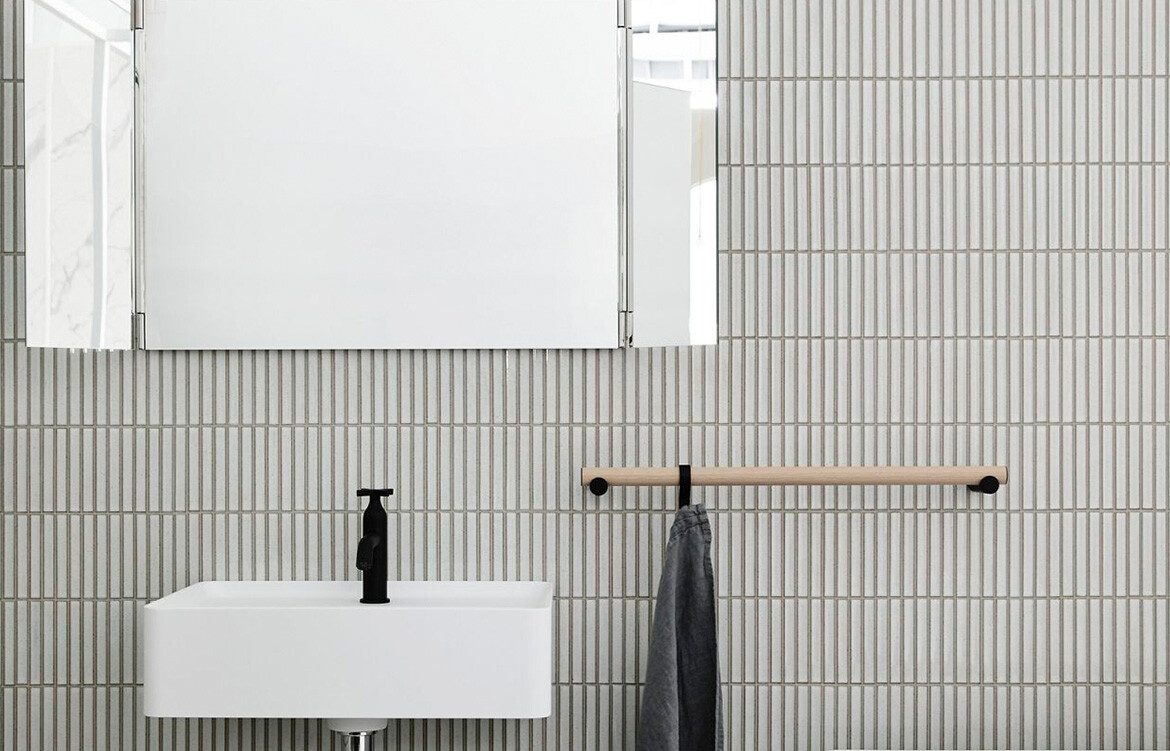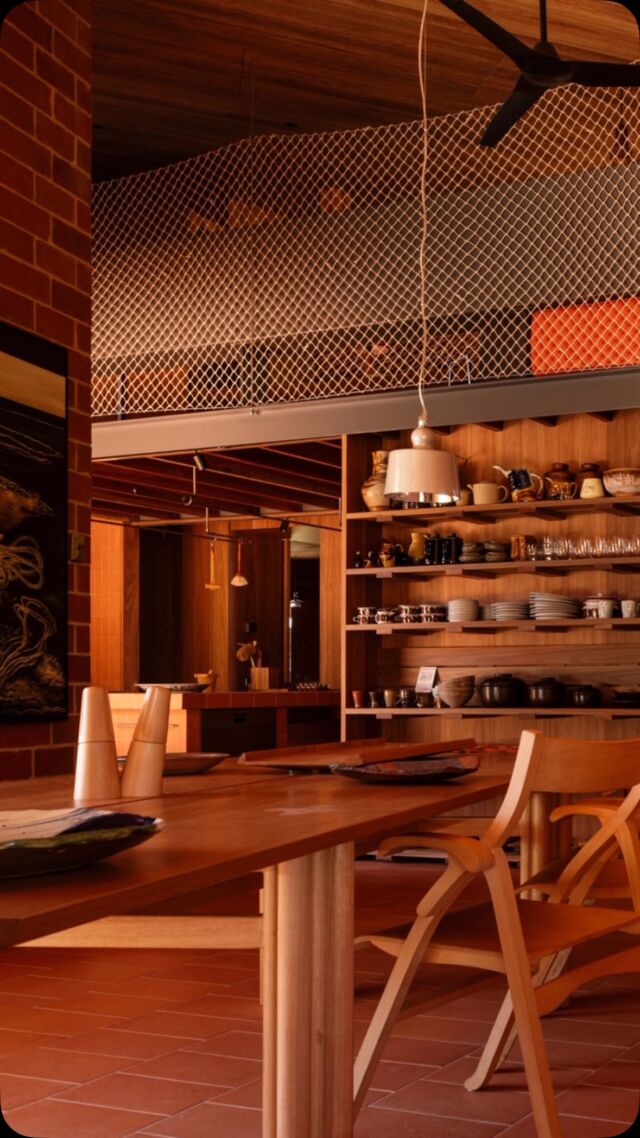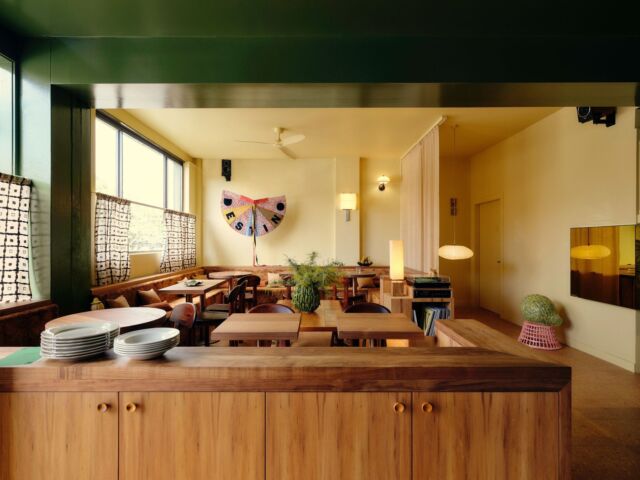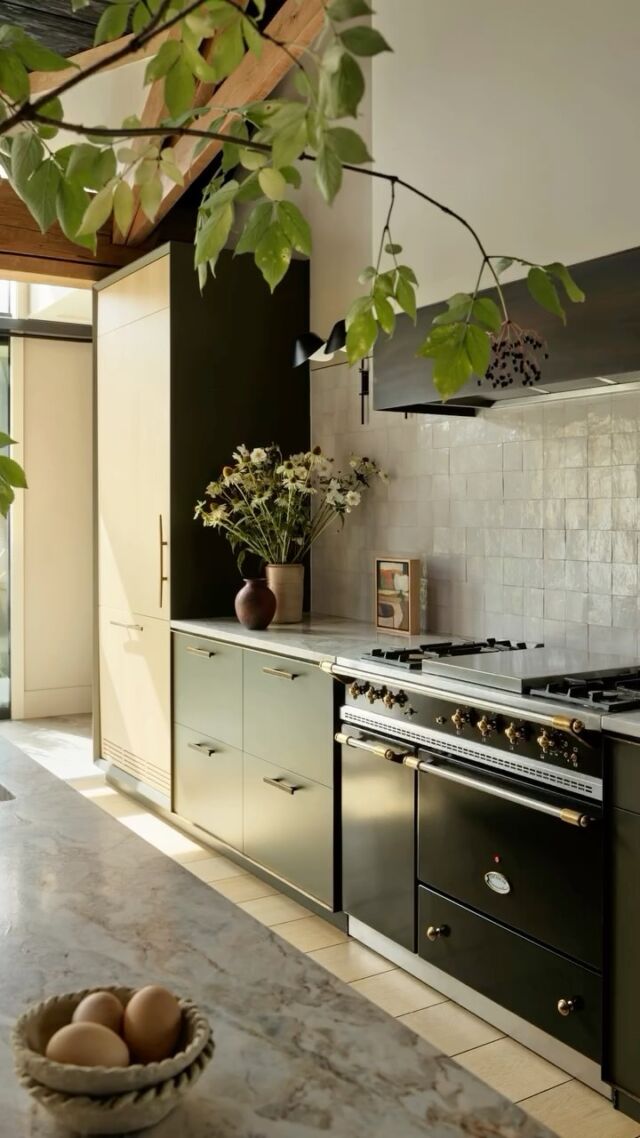Above painting by Luke Sciberras
Artists Russell Drysdale, John Olsen, Margaret Olley and Brett Whiteley are responsible, in part, for creating an impression of Australia for the rest of the world. Their representations of the former gold-mining town in New South Wales speak of the “beginning of our cultural exploration of the landscape”, and let us in on a surrounding history. For the exhibition, Australian artists Guy Maestri, Luke Sciberras and Robert Malherbe have come together re-create these early painters’ experience as close as they can, and in doing so, learn about the history of Hill End – how it might have been perceived, experienced, what relationship there was between people and the land, between the people themselves, what they knew and didn’t. The process gives us a look into humanity, says Quilty, and the tradition of “mateship and en plein air painting.” Here, Quilty discusses the concept and its context further; and the relationship between painting and place.
Ben Quilty –
Russell Drysdale’s racing green Riley Tourer would have bumped hard along the track from Bathurst to Hill End in the 1950’s, brimming full of paint, linen and stretchers, cigarettes, wine, his kids, his wife, his dog and Donald Friend. Margaret would normally take the bus trip a day later, sherry bottle in hand. By 1954 Drysdale, his friend William Dobell and Sidney Nolan represented Australia at the Venice Biennale. It was a powerfully original vision of an exotic landscape mostly unknown outside Australia, today that landscape is known but barely understood.
To me those three artists in 1954 were really pioneers representing the beginning of an authentic identity for the 8 million or so English, Greek, Chinese and Afghan people who had migrated from lands so, so far away. Before them, and before the Modernist movement, all of our cultural personality, besides the surviving indigenous one, was English. Guido, Scribbler and Bob re-traced those steps for this exhibition. It was Jan Murphy’s idea to get them together. Work out what it is to paint En plein air… and why still En plein air? And why together.
All three are drawn to the scrapings and detritus of the history surrounding the wonderful little village of Hill End. The town is as ancient as we Europeans get in Australia. Everything from the last 160 years of white humanity protrudes from the earth and after it rains, you will trip over it. Us white artists are drawn to those spots. It’s the beginning of our cultural exploration of the landscape here. Without those rusty signposts of western civilisation we are lost because our understanding of the ancient red emptiness is so profoundly meek.
By working together and looking and exploring the way us white humans have scraped and dug and disturbed the redness, we hope to come to some seminal understanding of the earth upon which our own recent ancestors have so heavily stepped. In some ways artists who paint have had to surge against the tide. Ever since I started at art school in the early nineties, painting departments lacked paint. But the act of painting is about making a mark and a statement, quickly, with prehistoric urgency and the simplest tools. Sciberras, Maestri and Malherbe are three of the very few in Australia who work entirely without photographs. They’ve also swum against the tide, like me, for the last twenty years. Of course, like painting, the fashion for painting without photographs will return, just as painting is back with a vengeance.
In Australia many artists are still beguiled with discussions about the end of painting and it’s un-natural conqueror – photography. So many lack the confidence to put aside the camera to make their own paintings. That’s not to say that a photo can’t be a powerful device for an artist at the top of their game, but so often the camera defines the painting, rather than the artist using the materials to define their own humanity. As an artist it is very likely that you will spend a lot of time alone in your studio. Questioning yourself and each mark you make is part of the creative process and it is an intensely private practice that creates a real visual language.

Luke Sciberras
These three artists are well practiced at their own visual languages. The three share many techniques and subjects. All work independently in the bush and all have spent time together and alone around Hill End. For this show the work is made together. Three young men have made work together using the same key tool of observation, and through that process hope to come closer to an understanding of the land that we inhabit and through that, the people who lived here for so many thousands of years before us.

Guy Mastri and Robert Malherbe

Finally, these fellows are my friends. It is only the closest friends and relatives who can watch without encumbering the artist. And working together and feeling that trust is a wonderful thing. As humans we need shared experiences to build on our awareness of life outside our own self-importance, especially as white Australians. Painting together in the bush or observing and attempting to translate this ancient land together is essentially about learning about our own humanity and most importantly in this context, it’s about artists experiencing life together.
HILL END will run between 12 August – 06 September at Jan Murphy Gallery
Jan Murphy Gallery
janmurphygallery.com.au
Ben Quilty
benquilty.com


